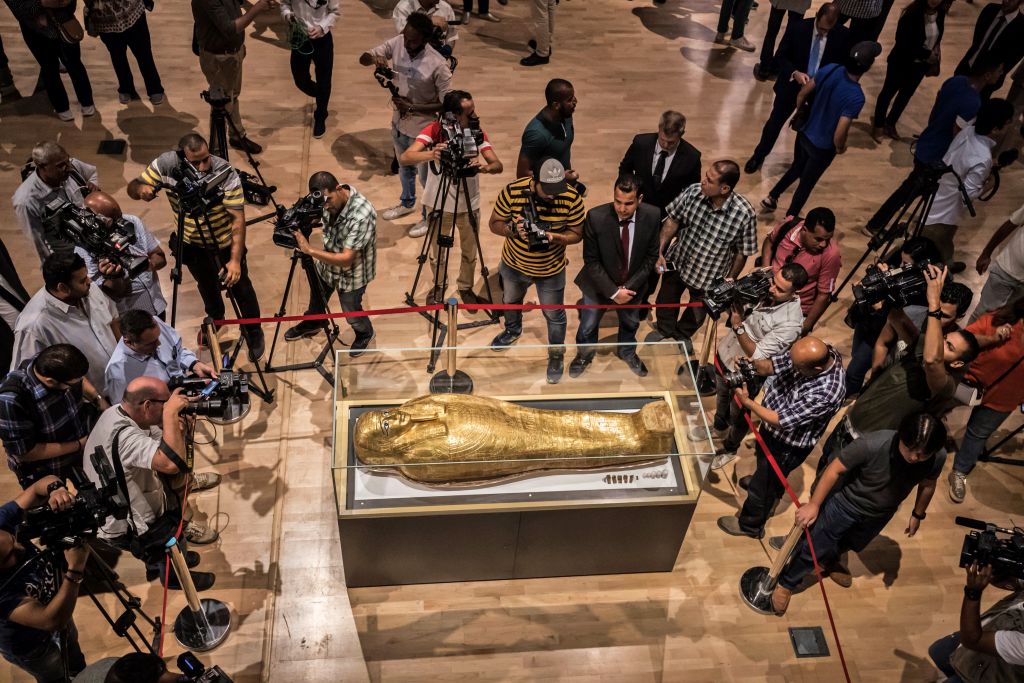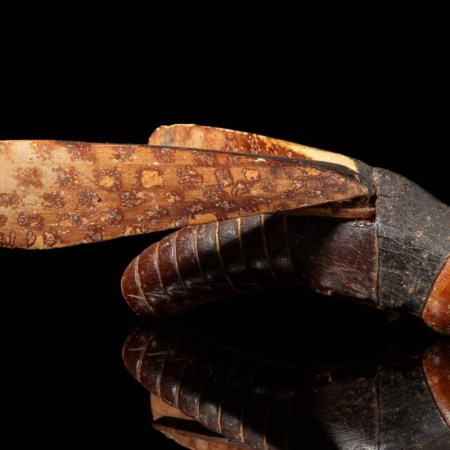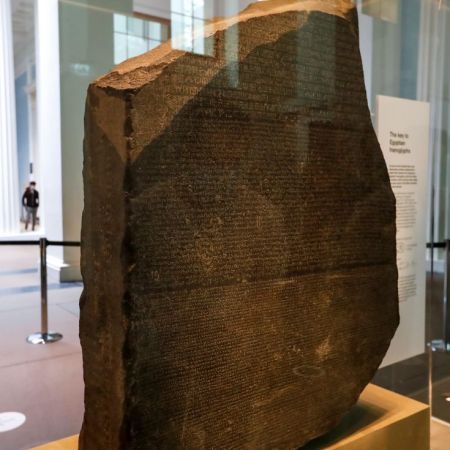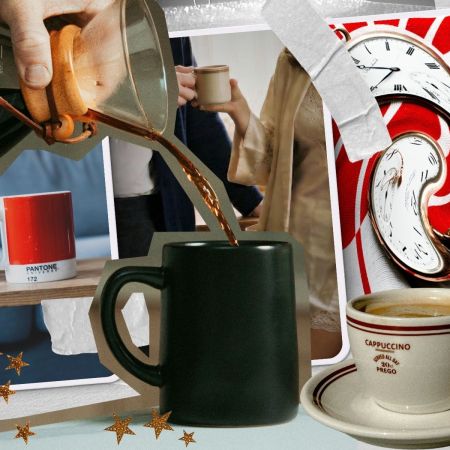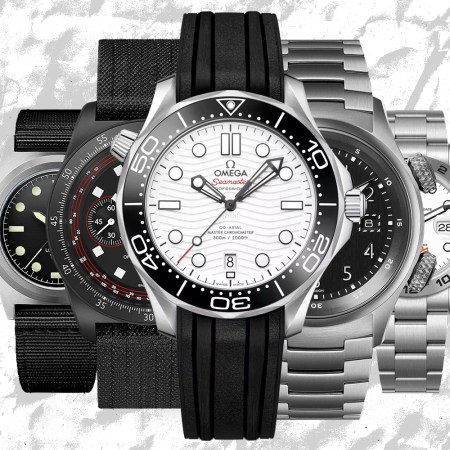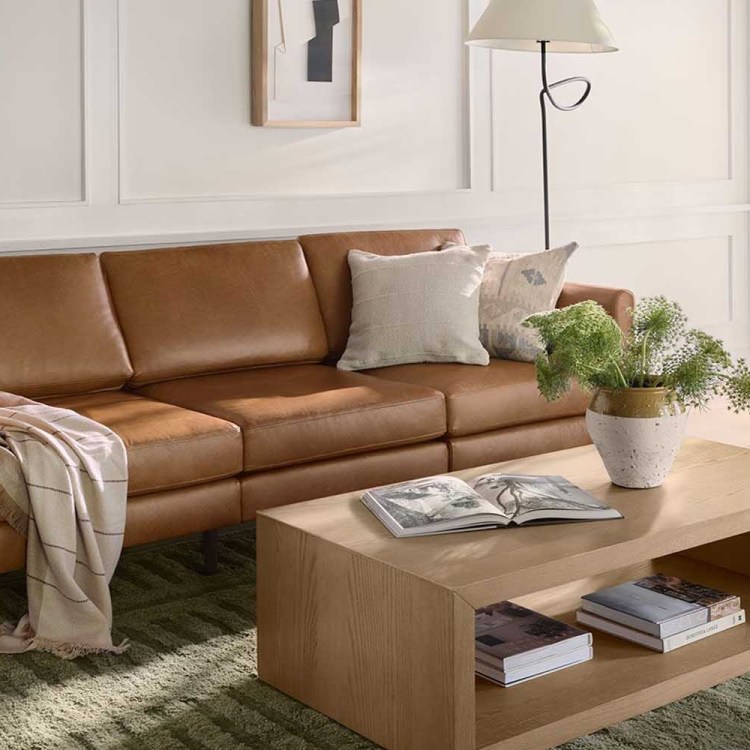There have been a lot of examples of high-profile art and antiquities smuggling over the years — and plenty of ways to determine that wrongdoing took place. This includes one case where a photo taken at the 2018 Met Gala helped investigators determine that an ancient Egyptian coffin had been obtained illicitly. But while there are (unfortunately) countless ways to smuggle and loot art, there need to be just as many ways to combat these practices.
A new article at The Guardian explores the myriad ways in which the Manhattan district attorney’s office ventures into smuggling cases. Among them are the case that led to charged being filed against a former president of the Louvre — as The Guardian‘s article notes, the charges originated in Manhattan.
The article notes that the group within the district attorney’s office relies on a host of methods, from reviewing photographs to getting tips from museum staff.
At the center of The Guardian‘s reporting is assistant district attorney Matthew Bogdanos, who has been running the office’s antiquities trafficking unit since 2013. The Guardian notes that Bogdanos’s work to curb antiquities looting predates his time in the DA’s office — when the Iraqi National Museum was looted in 2003, he was tasked with the investigation during his time in the Marines.
“People who have wings of museums named after them aren’t accustomed to being handcuffed and that has had an impact,” he told The Guardian. It’s important work, for reasons both practical and idealistic.
Thanks for reading InsideHook. Sign up for our daily newsletter and be in the know.
